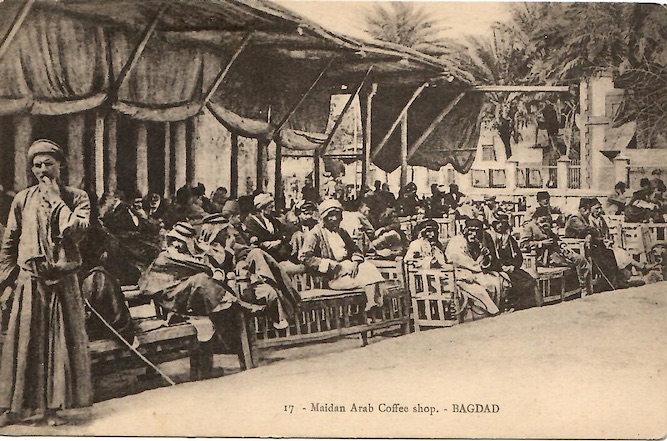
Here are several early 20th century postcards showing life in and around Baghdad.
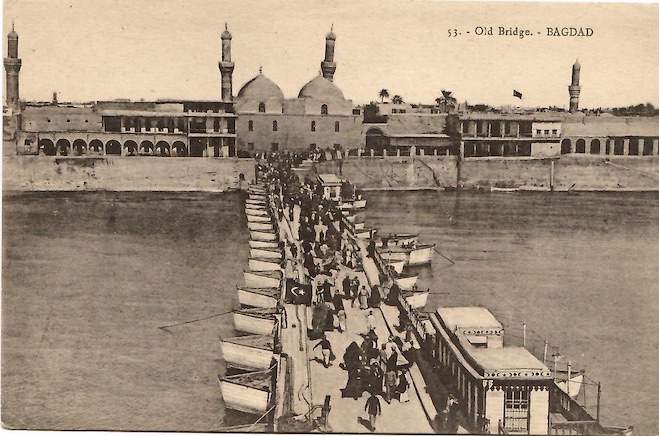
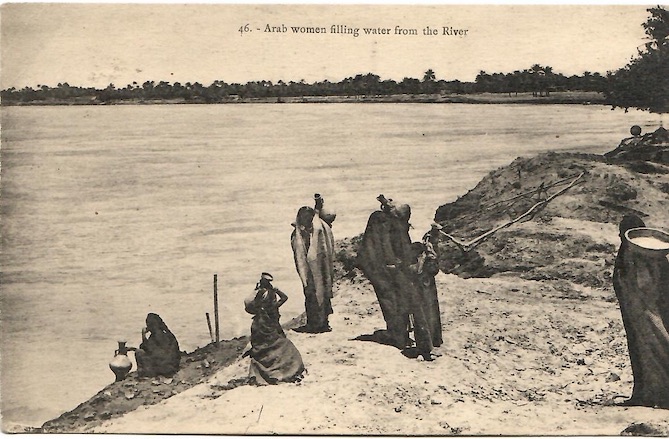
The British Government issued an official handbook on Yemen in 1917. This has recently been uploaded to the Qatar Digital Library. One of the sections gives a general description of life in Yemen during the first part of the last century.
Check out this report in The Guardian on what may be the oldest site for producing beer in the world. Of course it was discovered by archaeologists…
The image above, a drawing from the 1850s, epitomizes how the camel has been imagined for everyone in America, the West and just about everywhere outside the area where camels were important domestic animals. A turbaned man astride a galloping camel: Orientalism has ruled the day. And when Westerners visited the Middle East, riding a camel became a touristic must-do, as in the image below:
Camels (the one-humped kind) do exist outside the Middle East, including the Old West of the United States and Australia. But take a look at the next picture of two warning signs. One is from Qatar, where camels sometimes cross a rural road, and the other is from the Amish country in Ohio. The Amish are a group who came to America to escape persecution in Europe and maintain an old lifestyle without electricity or automobiles. I used to visit the Amish parts of central Ohio when I was a child and it was always a game to see who could spot the first Amish buggy. So, I would have been quite shocked to see a camel warning in Ohio.
But today it may be necessary, since the Amish are now raising camels for milk, an idea sparked by a Saudi that led to a company, Desert Farms, being formed in 2015. The prices are a bit out of reach at $18 for 16 ounces of fresh camel milk or $72 for 200 grams of powdered camel milk. But as the site exclaims, camel milk is halal and even if not really kosher, it can be at times.
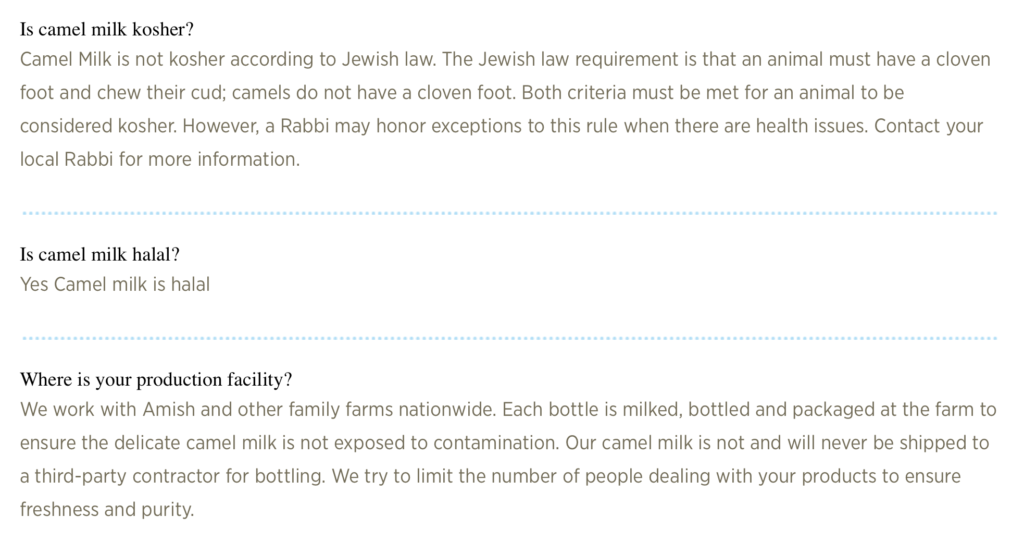
So if you can afford it or find it (and good luck at that), drink up.
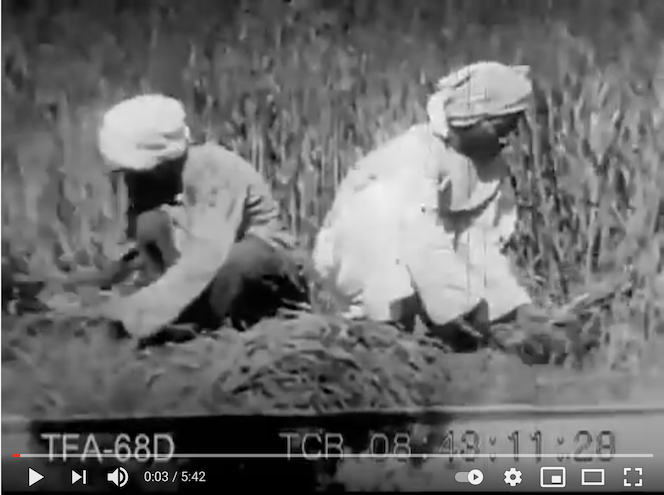
There is an early 1920 video on Youtube with views of agriculture, bread making, spinning and weaving in Egypt at the time. No details are provided on the Youtube page.
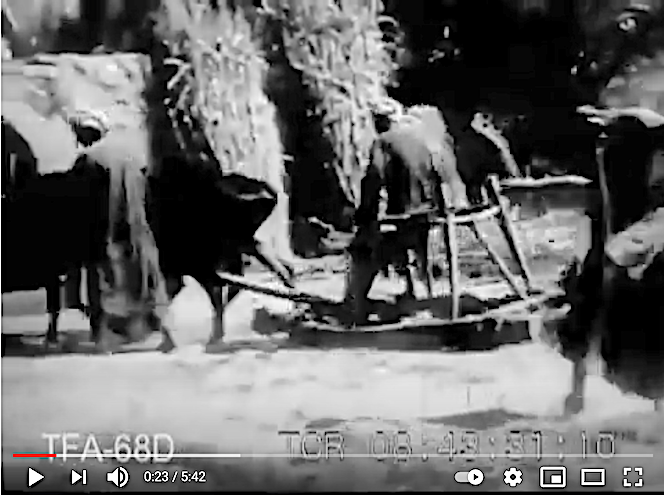
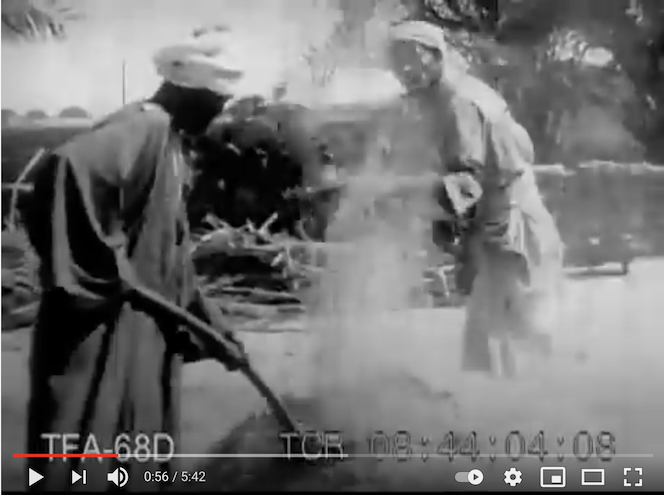
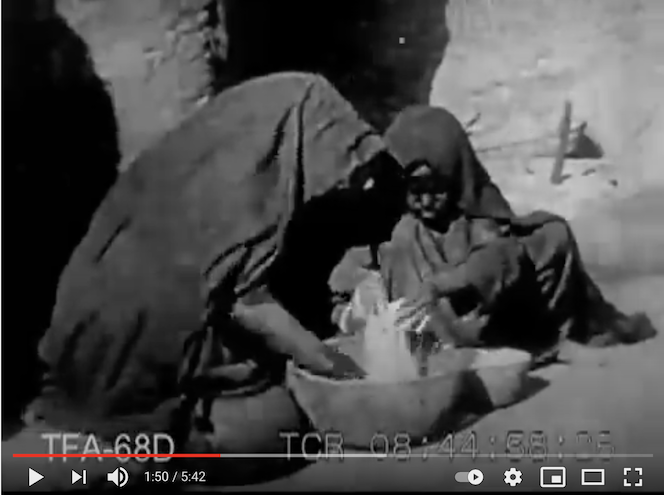
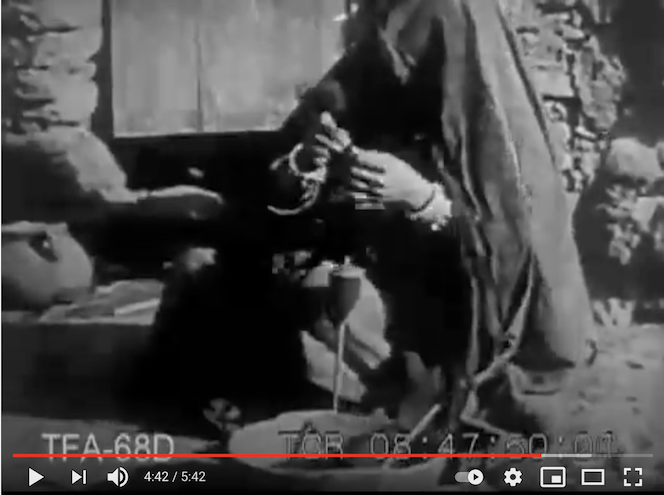
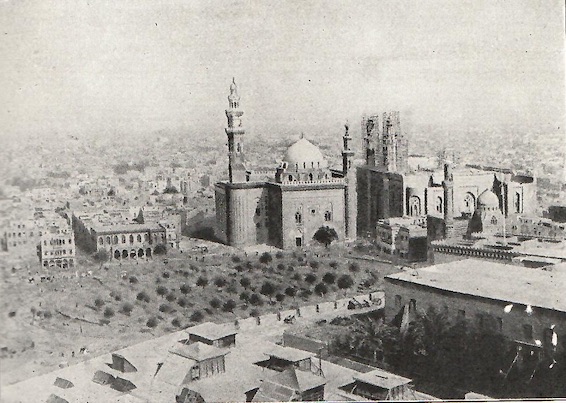
In 1921 one of the many geographical/travel books published was the The Human Interest Library: Visualized Knowledge (Chicago: Midland Press). In volume IV there is a brief account of Egypt, mainly on the archaeological wonders. But there are several photographs that are of interest. I include the captions from the text. Unfortunately neither the date nor the photographer are indicated, but let us assume that they represent life in Egypt in the first couple of decades of the last century. There is also a summary of information about Egypt at the time, as noted below.
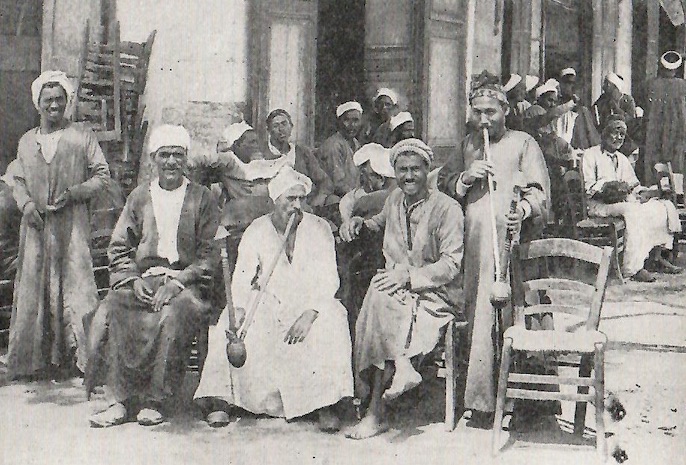
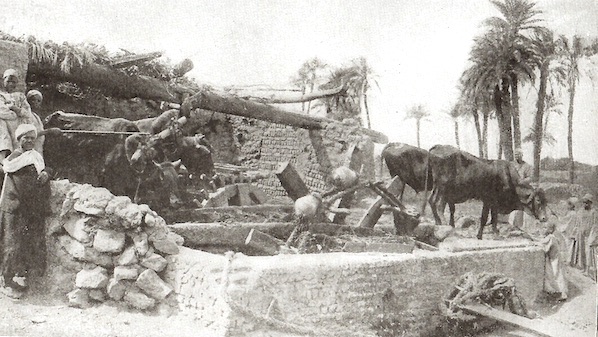
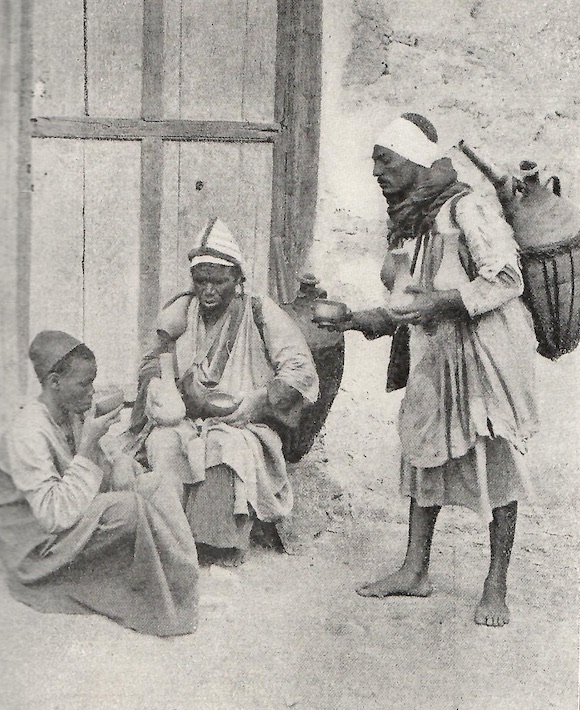
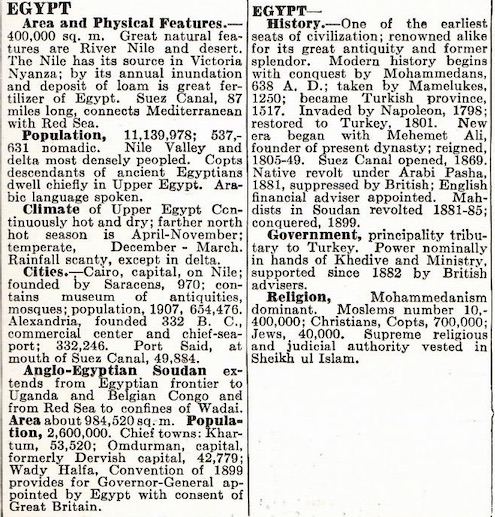
There is a recent documentary on the Zabbalin garbage collectors of Cairo, produced by RT.

If you are strict about halal foods or kosher foods, pork is probably not on your normal grocery shopping list. But there is something about the taste of bacon at breakfast that can be very enticing. Now, thanks to science and the long experience of folk in Iceland, there is a halal form of bacon. Well, actually it has nothing to do with swine but rather is a product of seaweed that is said to taste remarkably like bacon. So if you want to avoid haram but see no harm in enjoying the taste of bacon, stock up on seaweed.